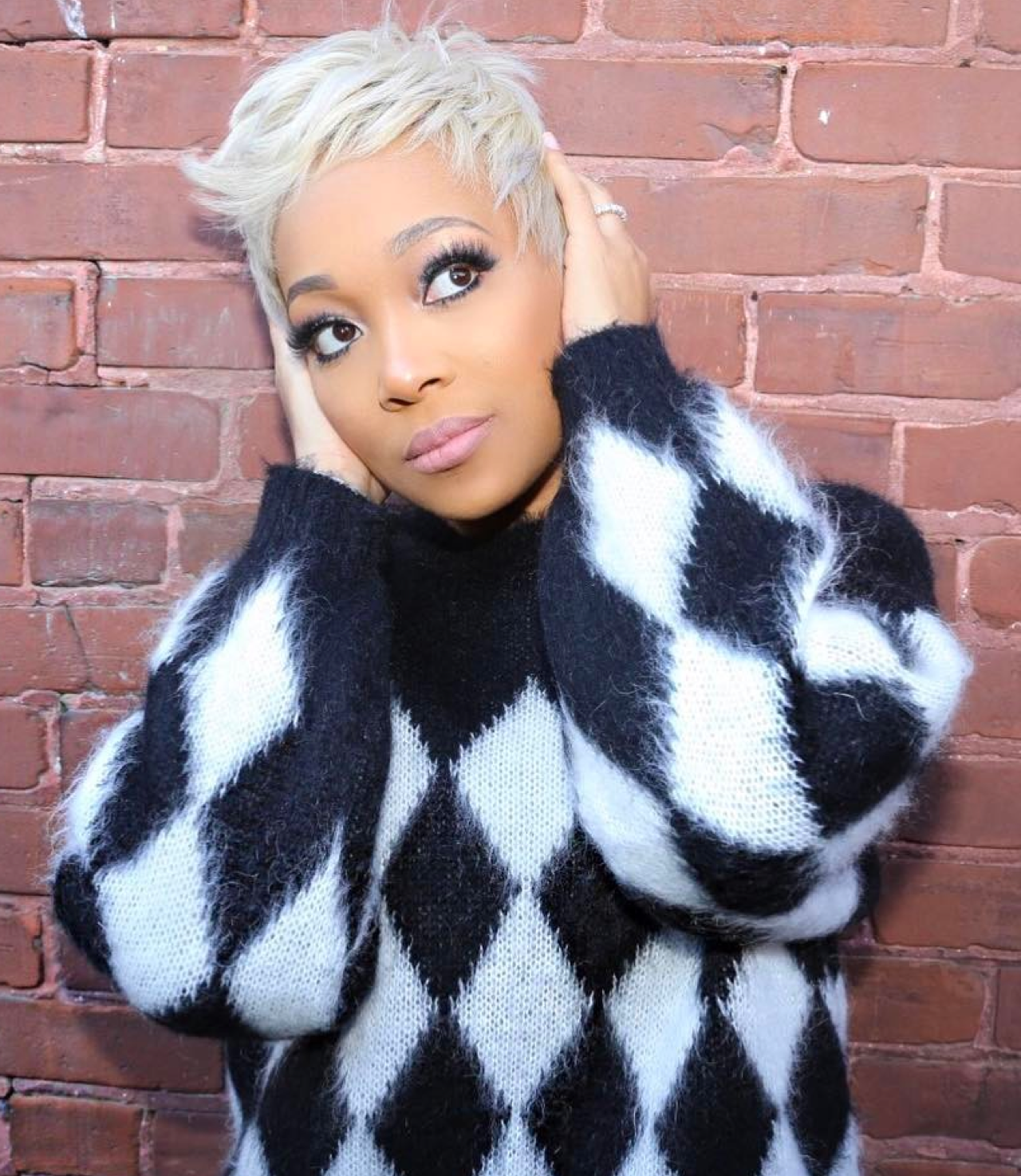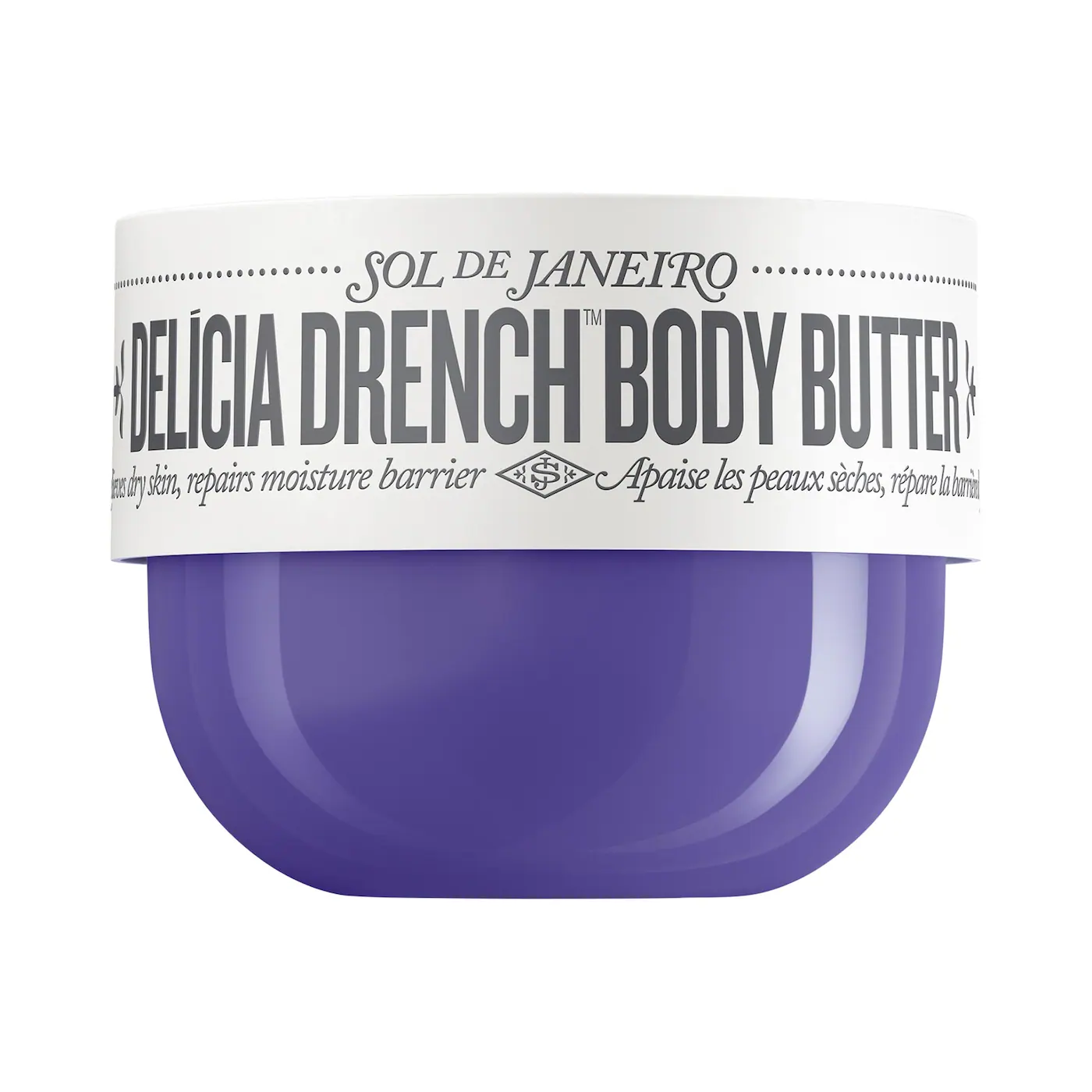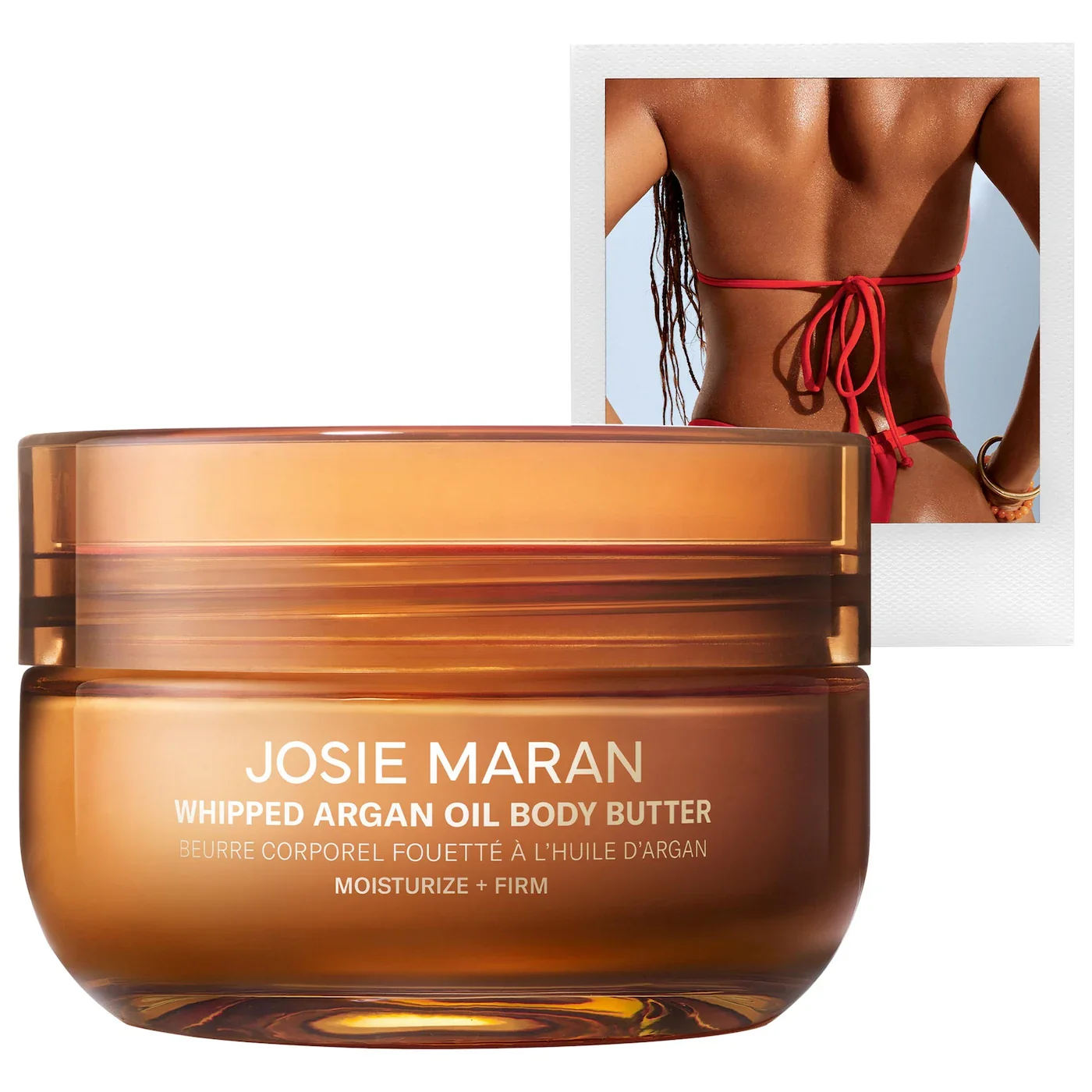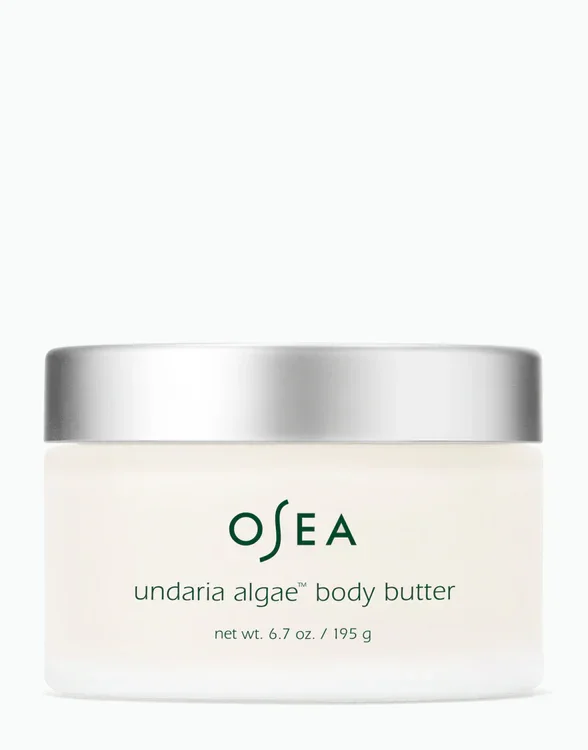
Monica has never looked better. Throughout her 20+ year career, the dotting mother and wife has been celebrated for exhibiting bravery in all aspects of life, including her top notch hair choices.
It’s hardly surprising to see her switch up styles, but we have to admit: her latest is truly the greatest. This past weekend, Mo joined the blonde bombshell club by dipping her strands into platinum dye. The results are seriously flawless:
Slay queen!
Subscribe to our daily newsletter for the latest in hair, beauty, style and celebrity news.
If you’re constantly conjuring up your next mane makeover, seeing Monica’s hair probably made you think, “how do I get that?!” Hair color is a sticky subject for those with textured hair, simply because chemical processing and curls do not mix.
So, we reached out to the expert colorist behind Mo’s platinum pixie, Julie Kim, for the answers. Firstly, it’s important to do your research before making an appointment.
“Always look up their work before hand,” Kim told ESSENCE. “The biggest mistake most people make is walking into a salon asking for anyone to color their hair. I would recommend going to a colorist who has 5+ years of experience. Before starting on your hair, your colorist should be aware of your color history to ensure the ability to achieve the client’s desired color.”
And like any other pro will tell you, at home bleaching is dangerous, no matter how many box dyes you’ve worked through before. “The common mistake a lot of people tend to make is they start off by bleaching their roots first,” adds Kim. “You should always start from the back taking an inch away from your roots and work your way up.”
So, what colors are actually easy to paint onto natural tresses? Warmer tones (browns and blacks) adhere more smoothly than red, blonde and other cool tones (blue, grey, silver), but that doesn’t mean you can’t experiment!
As long as you have a clear understanding of the coloring process and the required upkeep, going technicolor is acceptable.
“Going from dark to blonde can take any where from one session to 2-4 sessions,” Kim told ESSENCE. “First, I start by brushing my client’s hair thoroughly and then I like to apply our Japanese hair strengthening treatment.”
The treatment is similar to the Olaplex system used in most American salons, which provides “breakage insurance” with protective ingredients.
Once the color has been lifted, a toner is added to achieve the desired shade. Keep in mind that the hair follicles will need post-dye moisturizing treatments since each follicle gets thinner as it’s coated with bleach and other chemical liquids.
“I personally would not recommend bleaching anyone’s hair if it has been relaxed or chemically processed,” Kim emphasizes. “Some stylists may leave the relaxer in for too long, which can cause the hair to be damaged or to thin for bleaching.”
And once you’ve committed to blonde hair, be prepared to pay a high price (approx. $200-$400) for healthy and safe processing, as well as bi-monthly color touch-ups.
“It is a high maintenance color,” Kim told ESSENCE, while adding, “Curl patterns may loosen during the process and hair color can look different in every lighting.”







Stray away from heated styling for 3-4 weeks if you want your coils to spring back and as noted before: moisturize, moisturize, moisturize! Kim counts Hi Pro Pac as one of her all time favorite brands for added hydration.
All in all, going from dark to blonde can be an overwhelming process, but doing it the healthy way will relieve all anxiety.
Be sure to follow Julie Kim on Instagram for an insider’s look at her amazing color transformations!






